-
 The countdown is on for the new Rocketry Club at UABPowered by energetic students, the club is preparing for its first appearance in the elite NASA Student Launch Challenge in spring 2026. And it is still looking for members.
The countdown is on for the new Rocketry Club at UABPowered by energetic students, the club is preparing for its first appearance in the elite NASA Student Launch Challenge in spring 2026. And it is still looking for members. -
 College of Arts and Sciences announces upcoming interdisciplinary forums for the 2025 – 2026 academic yearThe following is the schedule of forums for the 2025 – 2026 academic year. The forums will take place on Fridays between 1:25 p.m.
College of Arts and Sciences announces upcoming interdisciplinary forums for the 2025 – 2026 academic yearThe following is the schedule of forums for the 2025 – 2026 academic year. The forums will take place on Fridays between 1:25 p.m. -
 Meet the 2025 - 2026 CAS ChampionsThe College of Arts and Sciences is pleased to announce the 2025-2026 CAS Champions. CAS Champions are student ambassadors who serve as leaders within the College.
Meet the 2025 - 2026 CAS ChampionsThe College of Arts and Sciences is pleased to announce the 2025-2026 CAS Champions. CAS Champions are student ambassadors who serve as leaders within the College. -
 Alabama EPSCoR grants awarded to five UAB studentsChandrima Kartik, Tom Samuel, Tanvir Chowdhury, Md Ibnul Rahman, Muhammad Shiraz Ahmad, graduate students at UAB have received research grants from Alabama EPSCoR.
Alabama EPSCoR grants awarded to five UAB studentsChandrima Kartik, Tom Samuel, Tanvir Chowdhury, Md Ibnul Rahman, Muhammad Shiraz Ahmad, graduate students at UAB have received research grants from Alabama EPSCoR. -
 Patent coins honor UAB inventorsForty UAB inventors were named on 17 patents in fiscal year 2024. Through the new patent coin recognition program from UAB’s Harbert Institute for Innovation and Entrepreneurship, these faculty and staff, along with patent holders moving forward, are receiving special tokens honoring their hard work and dedication.
Patent coins honor UAB inventorsForty UAB inventors were named on 17 patents in fiscal year 2024. Through the new patent coin recognition program from UAB’s Harbert Institute for Innovation and Entrepreneurship, these faculty and staff, along with patent holders moving forward, are receiving special tokens honoring their hard work and dedication. -
 2025 winners of the College of Arts and Sciences Dean's Award for Excellence in TeachingThe Dean’s Award for Excellence in Teaching recognizes full-time, regular faculty members of the University of Alabama at Birmingham’s College of Arts and Sciences (CAS) who have demonstrated exceptional accomplishments in teaching. Award winners must have held faculty status at UAB for a minimum of three years and may receive the award only once in any three-year period.
2025 winners of the College of Arts and Sciences Dean's Award for Excellence in TeachingThe Dean’s Award for Excellence in Teaching recognizes full-time, regular faculty members of the University of Alabama at Birmingham’s College of Arts and Sciences (CAS) who have demonstrated exceptional accomplishments in teaching. Award winners must have held faculty status at UAB for a minimum of three years and may receive the award only once in any three-year period. -
 Nine students receive 2025 College of Arts and Sciences Dean’s AwardsThroughout the Spring 2025 semester, departments across the University of Alabama at Birmingham’s College of Arts and Sciences submitted nominations for the Dean’s Awards for Outstanding Undergraduate Students and Outstanding Graduate Students.
Nine students receive 2025 College of Arts and Sciences Dean’s AwardsThroughout the Spring 2025 semester, departments across the University of Alabama at Birmingham’s College of Arts and Sciences submitted nominations for the Dean’s Awards for Outstanding Undergraduate Students and Outstanding Graduate Students. -
 Dong’s UAB Expo experience represents undergraduate research excellenceLilly Dong, a junior majoring in physics with a concentration in advanced physics, is addressing real-world challenges through impressive, interdisciplinary research. Recently, Dong earned second place in the Physical and Applied Sciences category at the Fall 2024 UAB Expo—a triannual event that celebrates excellence in research, creative activity, and scholarship at the undergraduate level.
Dong’s UAB Expo experience represents undergraduate research excellenceLilly Dong, a junior majoring in physics with a concentration in advanced physics, is addressing real-world challenges through impressive, interdisciplinary research. Recently, Dong earned second place in the Physical and Applied Sciences category at the Fall 2024 UAB Expo—a triannual event that celebrates excellence in research, creative activity, and scholarship at the undergraduate level. -
 Schmidt leads with curiosityJoanna Schmidt likes solving problems. Big, complex, challenging problems.
Schmidt leads with curiosityJoanna Schmidt likes solving problems. Big, complex, challenging problems. -
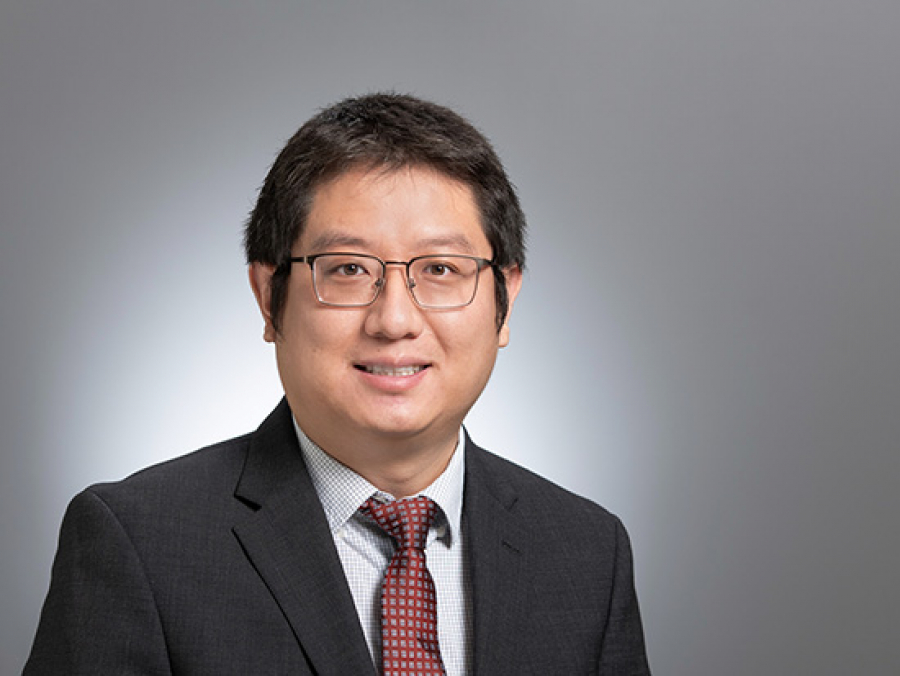 NSF EPSCoR grant awarded to UAB professor for pioneering quantum simulation researchUAB assistant professor in the Department of Physics has been awarded over $250,000 in funding for research on quantum simulation.
NSF EPSCoR grant awarded to UAB professor for pioneering quantum simulation researchUAB assistant professor in the Department of Physics has been awarded over $250,000 in funding for research on quantum simulation. -
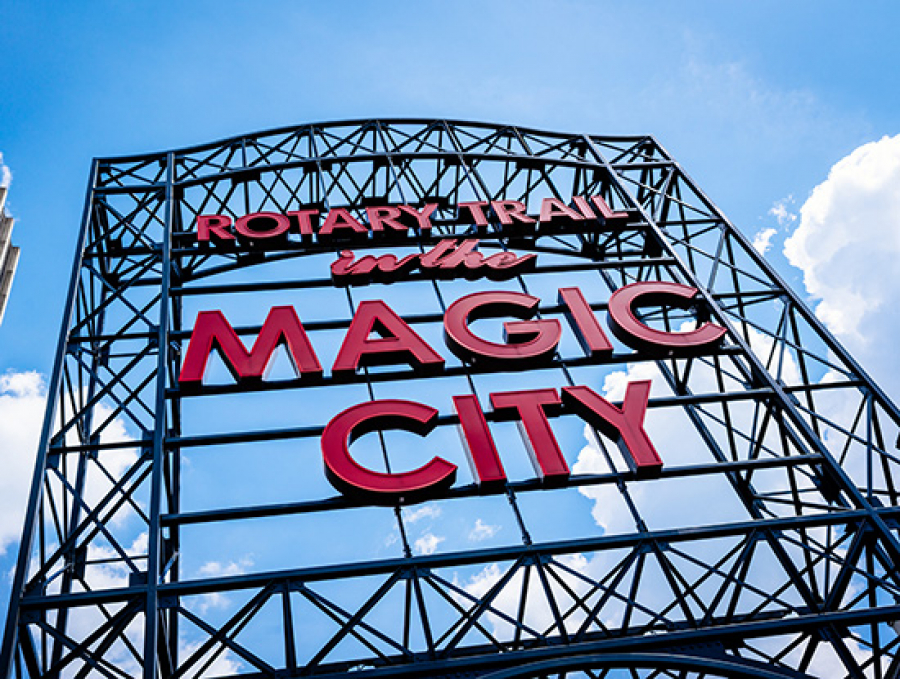 UAB’s Magic City Data Collective awarded IEDC Excellence Award for impact on Birmingham community residentsThrough the Magic City Data Collective, UAB students work on data-driven projects that have impacted an estimated 200,000 to 500,000 Birmingham residents.
UAB’s Magic City Data Collective awarded IEDC Excellence Award for impact on Birmingham community residentsThrough the Magic City Data Collective, UAB students work on data-driven projects that have impacted an estimated 200,000 to 500,000 Birmingham residents. -
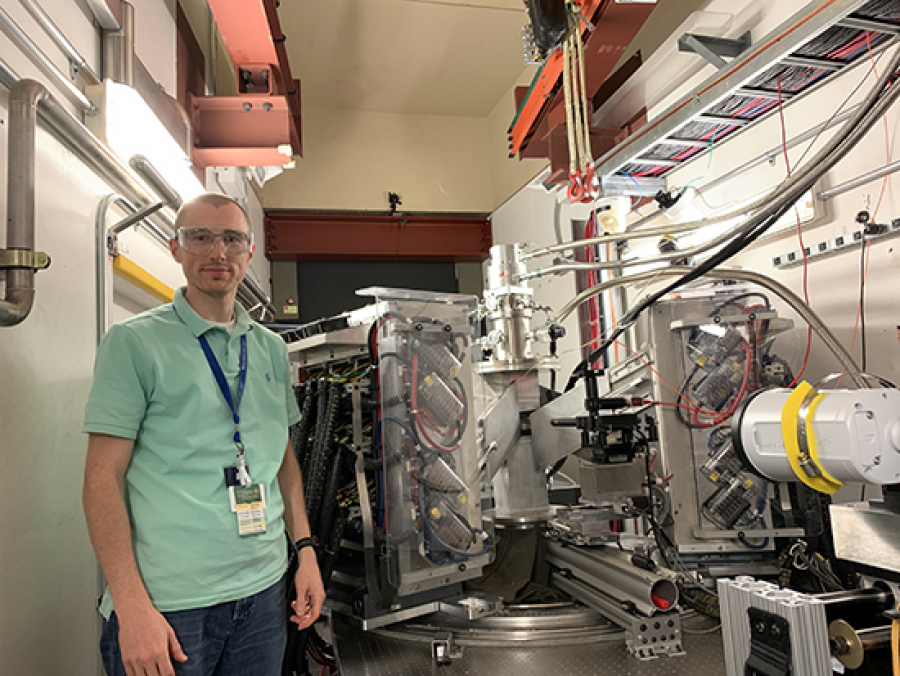 UAB receives three-year U.S. Department of Education GAANN grantThe GAANN program will support five physics Ph.D. students with an annual competitive stipend up to $37,000, along with an additional yearly educational allowance to cover graduate tuition and other costs.
UAB receives three-year U.S. Department of Education GAANN grantThe GAANN program will support five physics Ph.D. students with an annual competitive stipend up to $37,000, along with an additional yearly educational allowance to cover graduate tuition and other costs. -
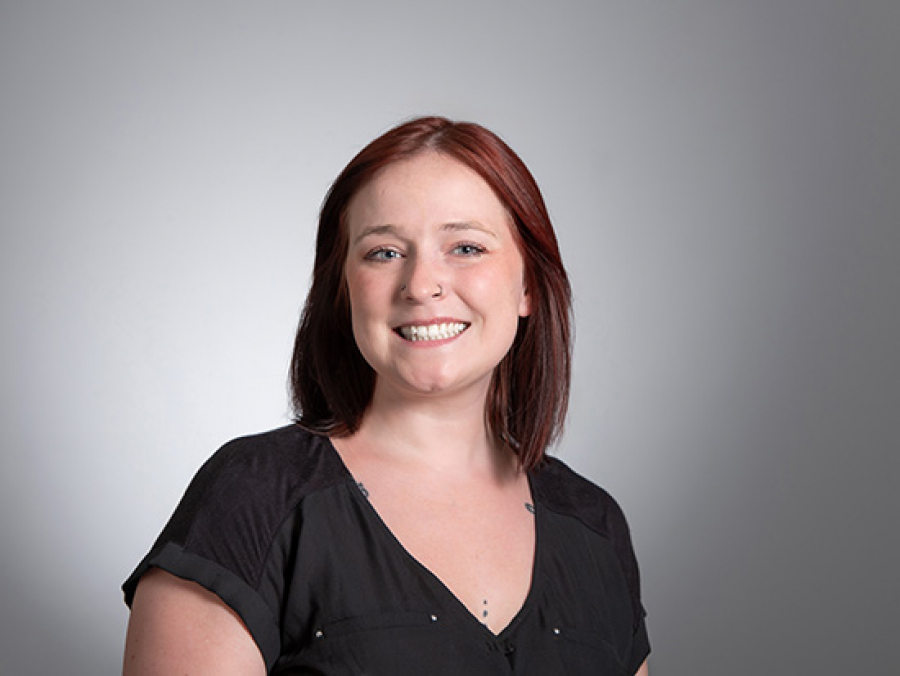 UAB physicist named on two patents, looks to launch a successful career in reducing greenhouse emissionsYager’s journey as a Blazer is filled with institutional, national and international recognition; her most recent milestone is her unique patented catalytic reactor for NASA missions that has multiple applications in various other industries.
UAB physicist named on two patents, looks to launch a successful career in reducing greenhouse emissionsYager’s journey as a Blazer is filled with institutional, national and international recognition; her most recent milestone is her unique patented catalytic reactor for NASA missions that has multiple applications in various other industries. -
 Twenty CAS faculty members receive promotionsThe College of Arts and Sciences is proud to announce that 20 faculty members across ten departments have been awarded promotions (including one faculty member who also was awarded tenure). The College of Arts and Sciences is proud to announce that 20 faculty members across ten departments have been awarded promotions (including one faculty member who also was awarded tenure).
Twenty CAS faculty members receive promotionsThe College of Arts and Sciences is proud to announce that 20 faculty members across ten departments have been awarded promotions (including one faculty member who also was awarded tenure). The College of Arts and Sciences is proud to announce that 20 faculty members across ten departments have been awarded promotions (including one faculty member who also was awarded tenure). -
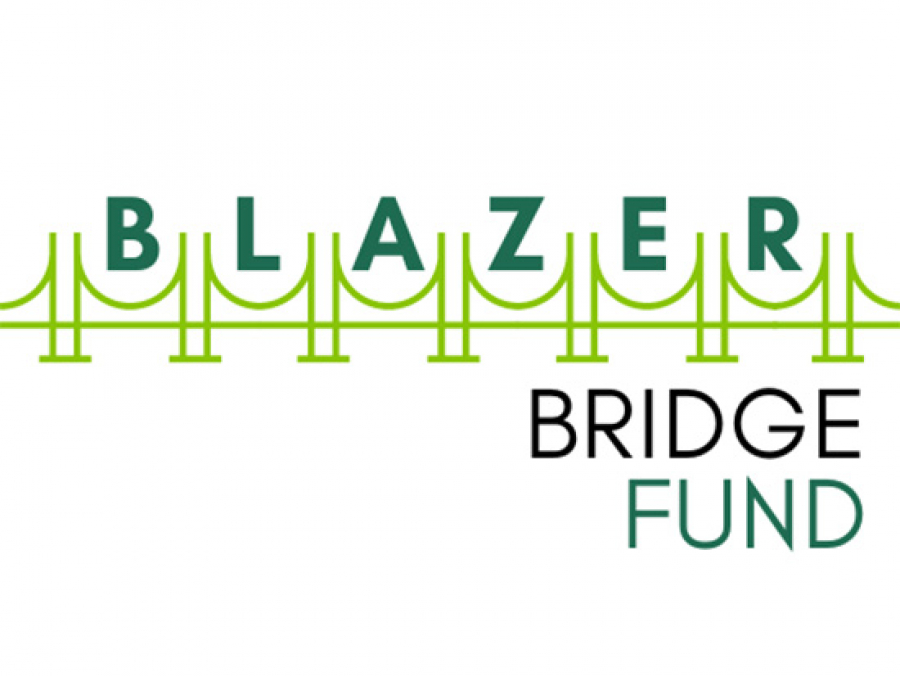 Blazer Bridge Fund continues encouraging innovative discoveries; announces 2024 winnersBlazer Bridge Fund provides financial support to innovative ideas and inventions by the UAB community, encouraging advanced discovery.
Blazer Bridge Fund continues encouraging innovative discoveries; announces 2024 winnersBlazer Bridge Fund provides financial support to innovative ideas and inventions by the UAB community, encouraging advanced discovery. -
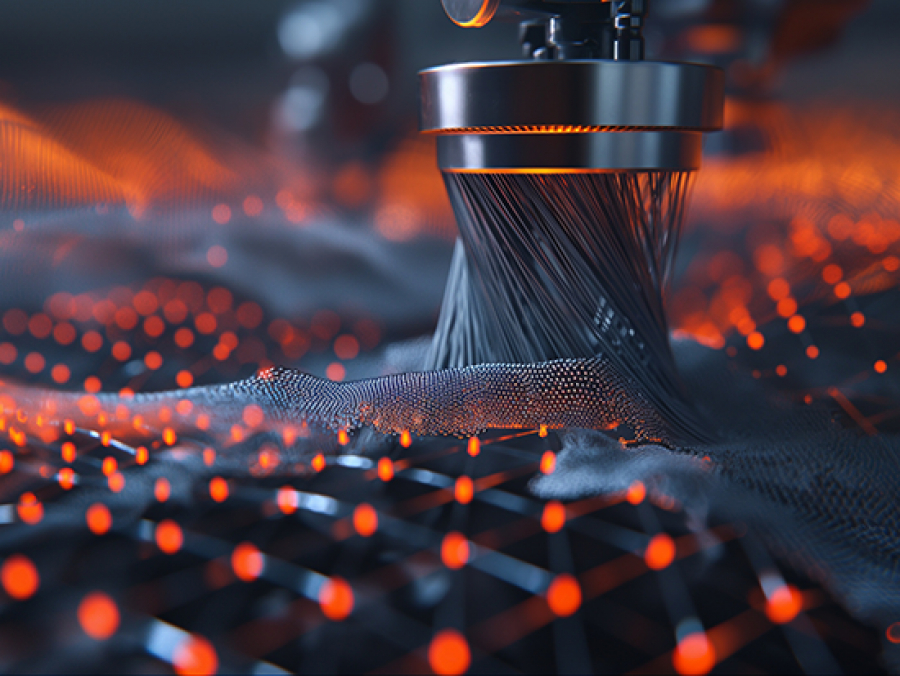 UAB led research tests stability of 3D-printed super alloy under extremesVohra is leading the Center for Additively Manufactured Complex Systems under Extremes at UAB in advancing understanding of 3D-printed materials when subjected to extremes of pressures, temperatures and high-velocity impacts.
UAB led research tests stability of 3D-printed super alloy under extremesVohra is leading the Center for Additively Manufactured Complex Systems under Extremes at UAB in advancing understanding of 3D-printed materials when subjected to extremes of pressures, temperatures and high-velocity impacts. -
 Light pollution is being tackled through new lab, Campus SHINE at UABThe University of Alabama at Birmingham is addressing light pollution with new Campus SHINE at UAB program.
Light pollution is being tackled through new lab, Campus SHINE at UABThe University of Alabama at Birmingham is addressing light pollution with new Campus SHINE at UAB program. -
 Summer 2024 photo recapThroughout Summer 2024, faculty, staff, and students across the College of Arts and Sciences facilitated camps and on-campus experiences for middle school, high school, and college students. Throughout Summer 2024, faculty, staff, and students across the College of Arts and Sciences facilitated camps and on-campus experiences for middle school, high school, and college students.
Summer 2024 photo recapThroughout Summer 2024, faculty, staff, and students across the College of Arts and Sciences facilitated camps and on-campus experiences for middle school, high school, and college students. Throughout Summer 2024, faculty, staff, and students across the College of Arts and Sciences facilitated camps and on-campus experiences for middle school, high school, and college students. -
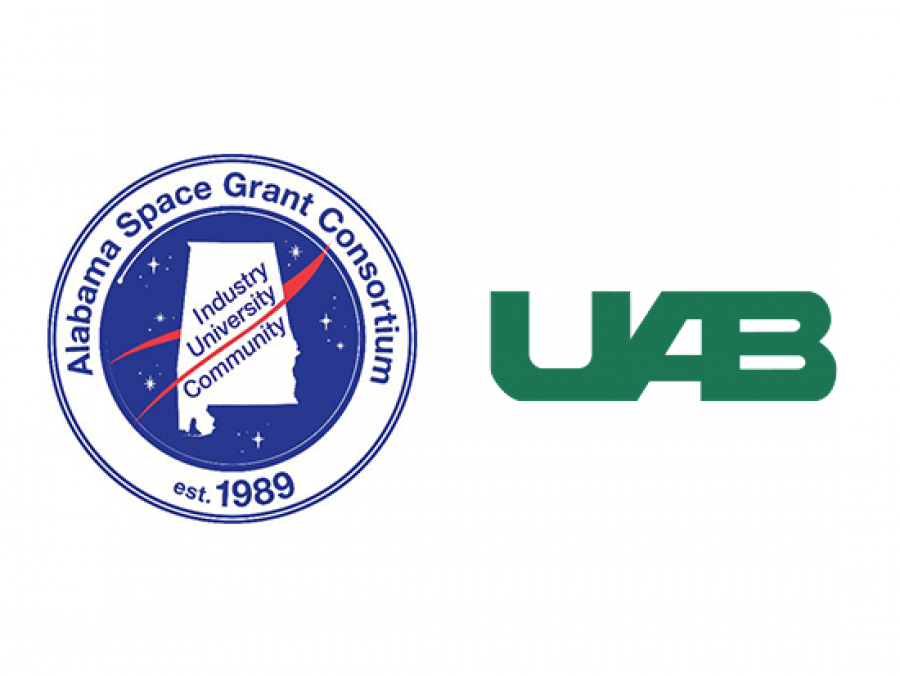 Alabama Space Grant Consortium & NASA EPSCoR awards scholarships and fellowships to nine UAB studentsNine University of Alabama at Birmingham students have been awarded NASA Alabama Space Grant Consortium scholarships and fellowships.
Alabama Space Grant Consortium & NASA EPSCoR awards scholarships and fellowships to nine UAB studentsNine University of Alabama at Birmingham students have been awarded NASA Alabama Space Grant Consortium scholarships and fellowships. -
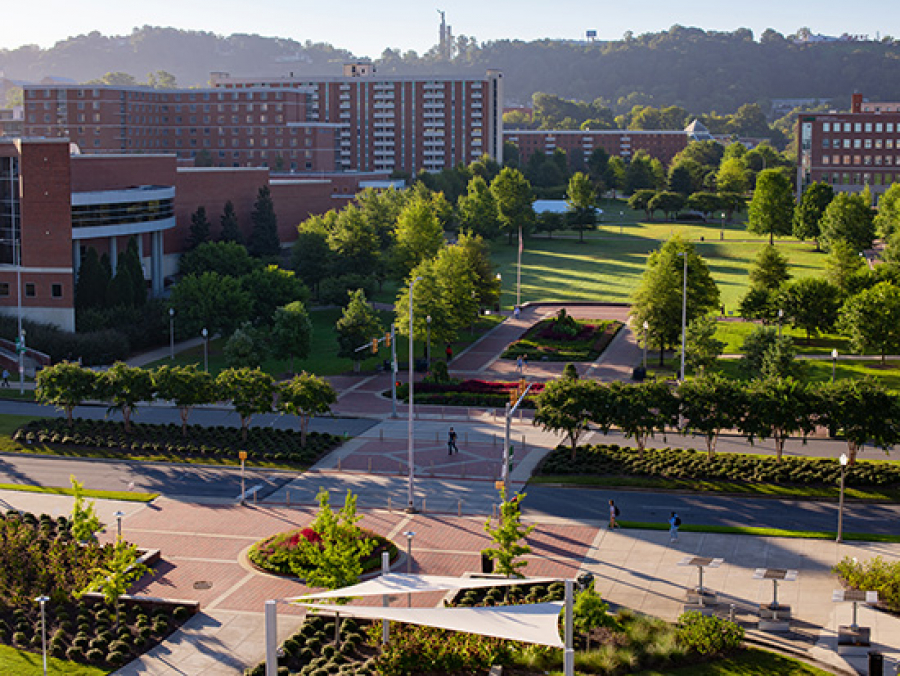 UAB’s 12 new construction and renovation projects transforming campus, supporting strategic initiativesUAB’s strategic planning continues to blaze its path to improve more lives by leveraging construction projects that include new and enhanced facilities across the institution, blooming green spaces and art installations.
UAB’s 12 new construction and renovation projects transforming campus, supporting strategic initiativesUAB’s strategic planning continues to blaze its path to improve more lives by leveraging construction projects that include new and enhanced facilities across the institution, blooming green spaces and art installations.